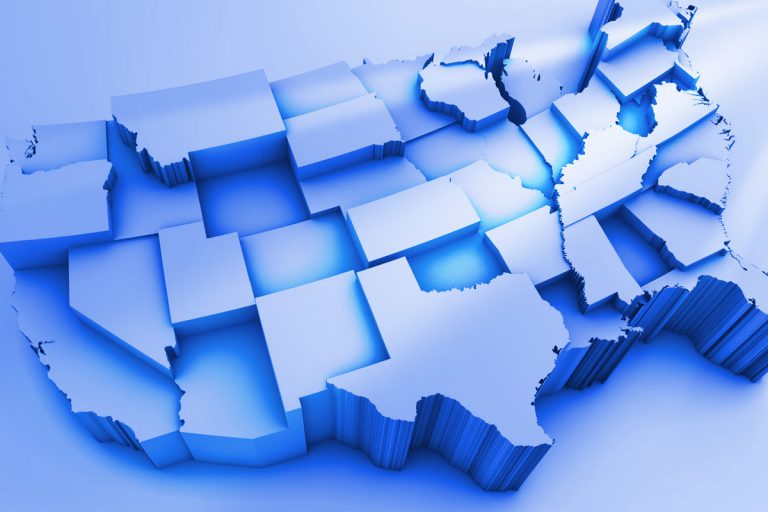
Distinguished Fellow Christine Moorman leverages data from The CMO Survey to uncover the view of marketplace threats and resilience strategies from the perspective of actual managers as part of our 2024 Grand Challenge.
Please join us for a talk by Christine Moorman, a Kenan Institute Distinguished Fellow, who will focus on the importance of resilience in marketing, sharing how organizations can effectively navigate challenges and adapt to changing market conditions to maintain their competitive edge.
Companies are turning to ideation contests to engage ideators outside company boundaries to solve their complex problems. Our research focuses on how articulating the problem, specifically the number and type of constraints described within the problem statement (brief), is related to the number of ideas submitted by participants in ideation contests.
The market for initial coin offerings (ICOs) is currently unregulated, and many blockchain companies use "digital hype" as a marketing tool to promote their products. To predict the effects of digital hype during ICOs on blockchain-based projects and outcomes, this study adopts an information economics perspective.

Brands and Branding Around the World
Brands and branding are key to achieving competitive advantage in global markets. Yet, brands and their managers are facing new challenges and opportunities in light of numerous trends and disruptions that are changing the landscape of marketing in an international context. The climate crisis, a pandemic, and deglobalization winds—marked by China–West trade tensions, wars, and other trade-related disruptions, to name a few—are challenging branding around the world.
Although the power held by the marketing department can determine key organizational outcomes, including firm performance, this power seemingly has been decreasing. To address this apparent disconnect, the authors propose that the board of directors is a critical but overlooked antecedent of marketing department power (MDP).
After being generated, a new idea is rarely perfect but must be clarified, improved, and developed in more detail. Unfortunately, idea elaboration and creativity do not always come together: many new ideas become less creative when elaborated. This research examines who elaborates new ideas more creatively.

The disproportionate emphasis on firm closures during crises, such as the recent pandemic, may overlook potential variations in firm exit rates across markets. Ignoring that variation likely hinders accurate insights though, as are required by both practitioners and policy makers. To investigate variable firm closure rates across markets, this study proposes a firm closure model that integrates the unique roles of the market structure (number of firms and firm type), firm responsiveness, pandemic intensity, and their interactions.

Past research in operations management and marketing on inventory levels and product variety has predominantly focused on their effects on brand performance indicators, such as sales and market share, while overlooking the influence on consumers’ perceptions of brands. Brand perceptions, encompassing reputation, quality, credibility, and emotional associations, go beyond typical revenue metrics and offer foresight into a brand’s future performance. Hence, understanding the effects of inventory and product variety on brand perceptions is crucial, and that constitutes the main contribution of this paper.
Longxiu Tian, UNC Kenan-Flagler assistant professor of marketing, shares his expertise in resilient business strategies and his perspective on firms' attempts to build trust and profitability with innovative consumer data management strategies.







Marketing at a Crossroads, Part II: Personalization vs. Privacy and the Rise of First-Party Data
With a growing emphasis on prioritizing user privacy and data protection, says UNC Kenan-Flagler’s Longxiu Tian, information collected directly from customers becomes the key to solving the puzzle of personalization and accurate targeting for marketers.